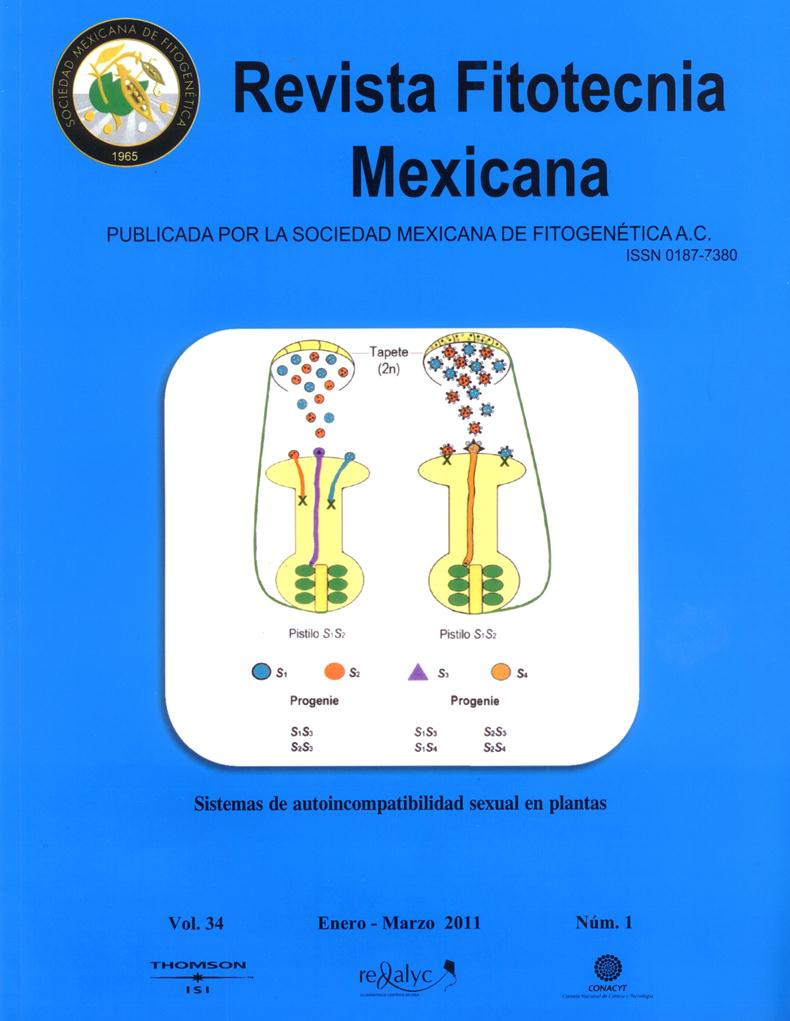CHEMICAL COMPOSITION AND ANTIMICROBIAL ACTIVITY OF OREGANO (Lippia palmeri S. WATS) ESSENTIAL OIL
Main Article Content
Abstract
The chemical composition and antimicrobial activity of Lippia palmeri S. Wats essential oil extracted from plants collected of two localities (Álamos and Puerto del Orégano) in the State of Sonora, México, was examined. Essential oils (EO) were obtained from oregano leaves by steam distillation, analyzed by gas chromatography coupled with a mass spectrometer, and their antimicrobial activity against human pathogens investigated by disc diffusion. Álamos and Puerto del Orégano essential oils (AEO and POEO) presented 50 and 60 constituents, respectively. The components were classified as monoterpenes, sesquiterpenes and phenolics. AEO most abundant components (> 2%) included p-cymene, thymol, isoaromandrene, carvacrol, γ-terpinene, p-thymol, longipinene-epoxide and eudesmol; while for POEO were carvacrol, thymol, p-cymene, caryophyllene, thymol acetate, α-bisabolene, γ-terpinene, myrcene and α-caryophyllene. These results implicate that chemotypes involved were a p-cymene/thymol in AEO and carvacrol in POEO. In general, EO antimicrobial activity against four Gram-positive and six Gram-negative bacteria varied according to the plant origin. However, both POEO and AEO showed the strongest activity against Escherichia coli O157:H7 and Staphylococcus aureus. This is the first report of L. palmeri essential oil characterization, and our results support the notion that these oils could be useful in food flavoring and preservation.

